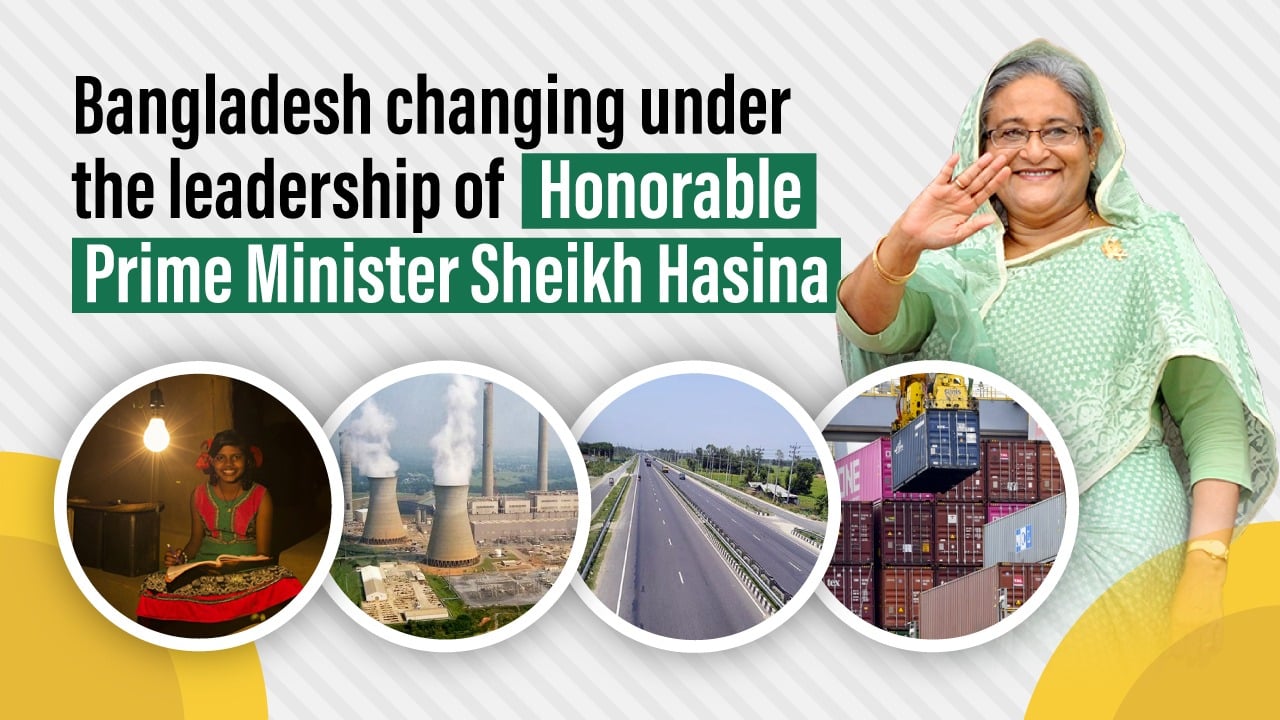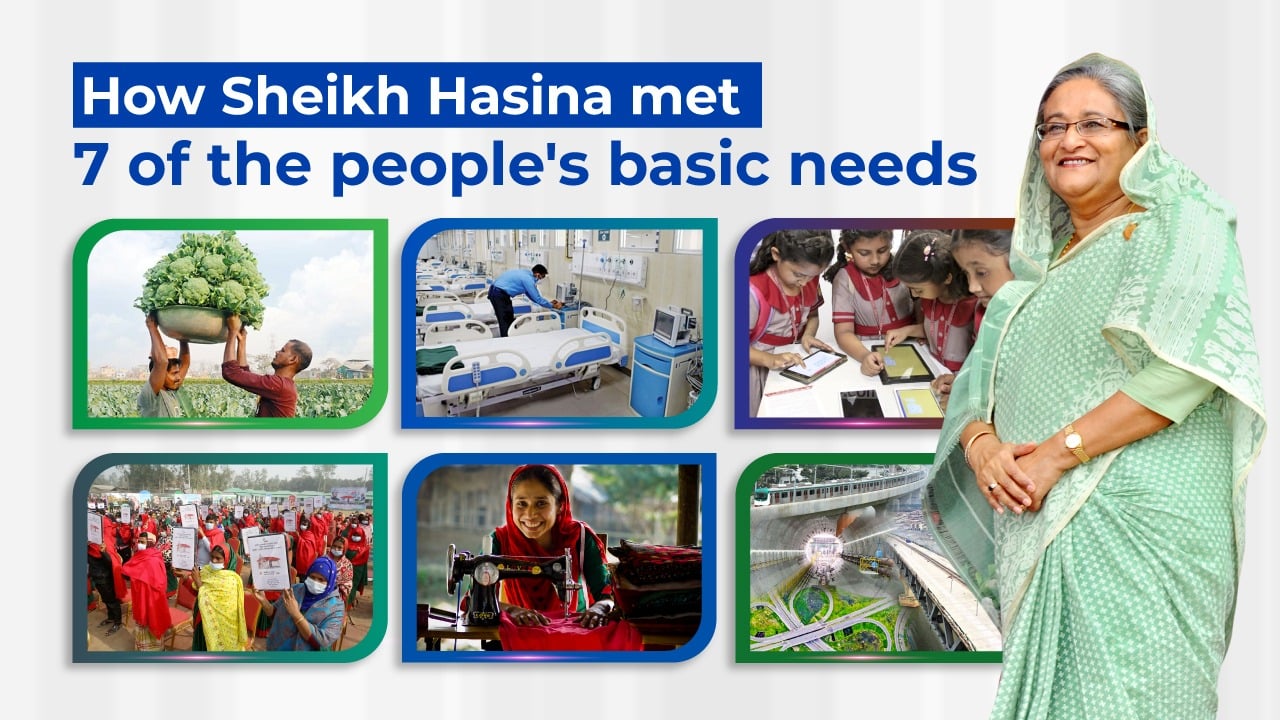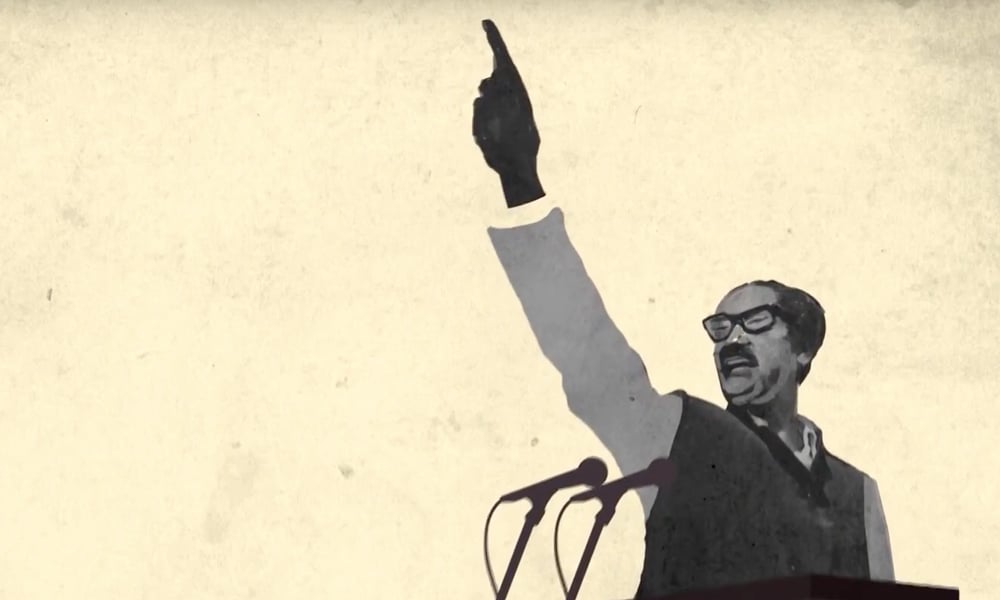1116
Published on November 26, 2013And so says Amartya Sen, the economist and Nobel laureate: ‘‘In terms of many typical indicators of living standards, Bangladesh not only does better than India, it has a considerable lead over it.’’
One of the main drivers of Bangladesh’s success is large-scale, export oriented industrialization. Better known for the consequences of its excesses — like the catastrophic collapse of the Rana Plaza factory — it has nonetheless been the ticket out of poverty for millions of Bangladeshis.
Industry employs more than 28 percent of the work force in Bangladesh, with the share of manufacturing growing robustly. About four million Bangladeshis work in the garment sector. Many of them are women, who previously were subsistence farmers with little access to the economy.
By contrast, only 19 percent of workers in India are employed by the industrial sector, according to the most recent official statistics. Soon after independence in 1947, the Indian government pushed for large-scale industrialization, but the effort drowned in red tape and bureaucratic inefficiency.
By the early 1990s, when the Indian economy was liberalized, private capital favored the services sector, like IT and outsourcing. This has created jobs accessible only to people with the necessary education. The rural poor have largely been left out.
One result is that while India’s per capita income is currently about double that of Bangladesh, its indicators for human development rank far lower.
As Sen has noted, though in 1990 the child mortality rate in India was about 20 percent lower than in Bangladesh, by 2011 it was about 25 percent lower in Bangladesh than India. In 2009, more than 74 percent of preschool-age children suffered from anemia in India, compared with 47 percent in Bangladesh.
Source: Various news sites














